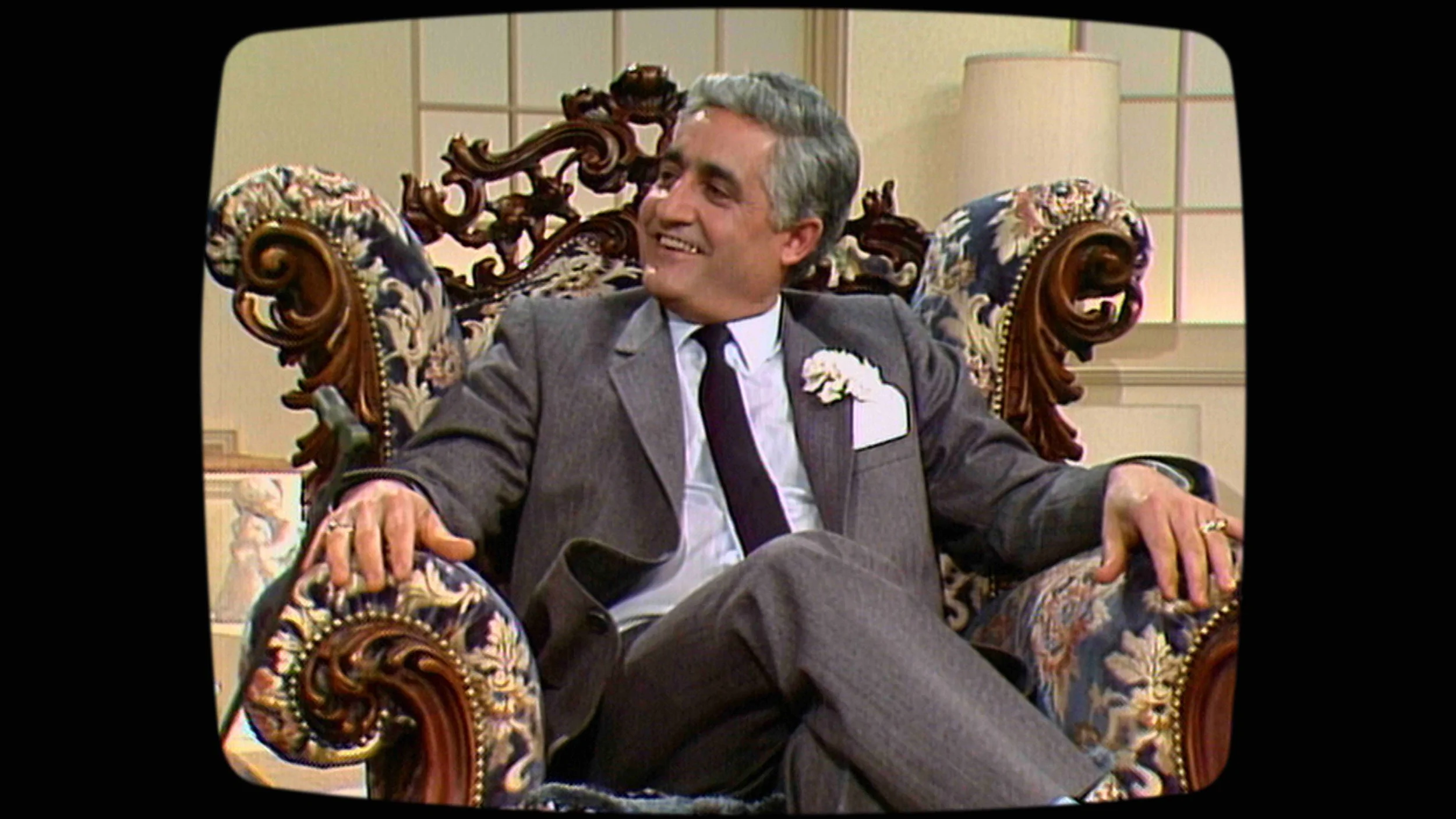Film Review: Palazzo Di Cozzo
Images courtesy of Sharmill Films.
Grand sale! Grand sale!
As a young wog girl from Melbourne, I grew up knowing tales of the famous furniture magnate Franco Cozzo. My own grandparents own a set of his intricately carved dining lounge pieces, which reside in the impenetrable ‘good room’ and therefore look like a setting straight out of a 1960s mafia movie. These stories ranged from discussions of his distinctive furniture style, his trilingual late-night ads, and, of course, the drug scandal - all of which is explored within the 1 hour and 25-minute running time.
Madeleine Martiniello’s debut feature Palazzo di Cozzo tells the story of Melbourne legend Franco Cozzo, whose personality is as unique and opulent as the baroque furniture he sells (or sold). The documentary not only follows his tale from Ramacca, Sicily to his current home in Templestowe, Melbourne, but it tells the story of all Post War European migrants in a less than welcoming Australia.
1950s Melbourne was a very different world from the one we now know, and understanding the culture of the time is imperative to understanding his success. Cozzo entered a new world in 1956; a world where speaking a language other than English could get you accosted in the streets. A time where coffee was viewed as foreign and strange (remember this is Melbourne we’re talking about) and, most importantly, a world where he was able to turn nothing into something.
It’s easy to play Cozzo off as a dramatic old Italian man with a passion for low budget commercials who got lucky. Even easier to mock him for his broken English and zany furniture like many in the documentary do. Martianello peels away at these perceptions by cutting in old footage of Italians arriving by boats, as historians and Cozzo himself discuss the difficulties of assimilating to Anglo culture. She shows us the impact he had on our culture through his creation of ‘Carosello’ the first-ever non-English speaking show in Australia. His carefully crafted legacy was not built in a day; no, he knew what the homesick Europeans missed, and he gave them that connection through his furniture.
We follow the ups and downs of his family and business life until we’re left with the modern-day Cozzo; a relic of years long past, desperately holding onto the good old days. He went from being a local celebrity to largely forgotten by most my age; his furniture from regal and unique, to dated and woggy. There’s a tinge of sadness in the opening shot of him generously applying cologne before going out to an empty store; this melancholia seems to only grow as we slowly watch the fall of his Roman Empire.
Palazzo di Cozzo will entrance those with an interest in Melbourne history, furniture enthusiasts, and just any wog who recognises Cozzo as the face of the migrant success story. Nostalgic, informative, tender and entertaining, this documentary is not to be missed.
A megalo megalo 4/5.
Palazzo Di Cozzo is showing now in select cinemas across Victoria, to book tickets and access more info click here.

